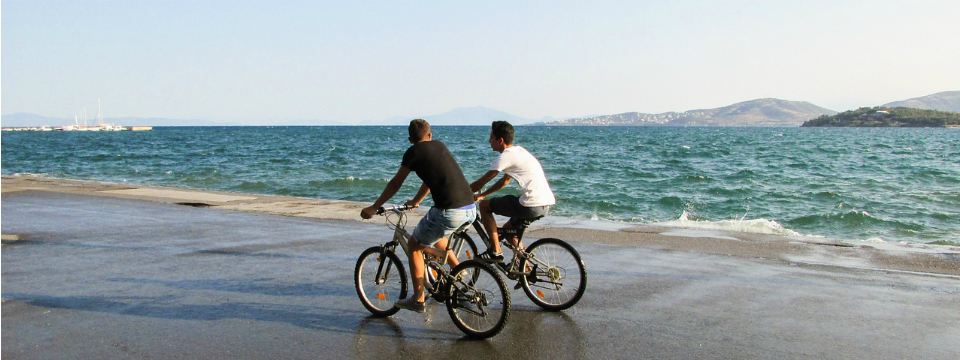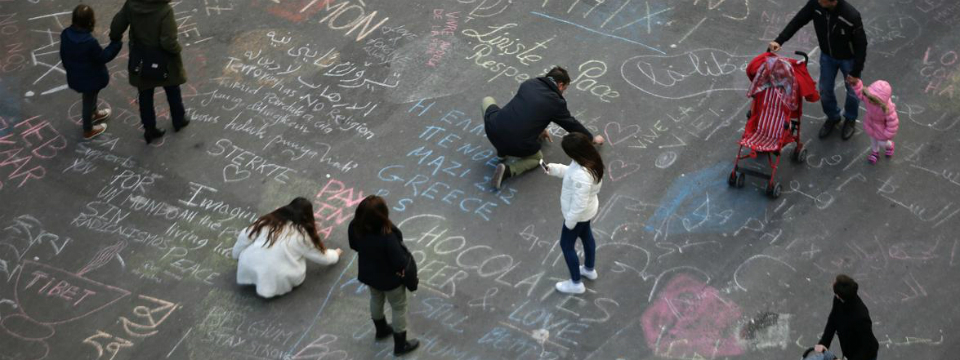Teens look to adults when evaluating risk
 By Wray Herbert, Huffington Post
By Wray Herbert, Huffington Post
Adolescence is a perilous time of life. It’s a time of heightened risk taking — reckless driving, risky sex, excessive drug and alcohol use. For decades the prevalent view — the common wisdom of parenting manuals — was that teenagers feel invulnerable, immortal. They simply perceive less peril in dicey situations and believe they have much more control than they actually do. In short, they underestimate life’s very real risks and dangers.
But scientists who study adolescent decision making now dispute this common parenting wisdom. Teenagers do indeed underestimate risk — sometimes — but at other times they overestimate how risky and harmful a situation is. So the actual risk taking cannot be simply explained by a diminished perception of risk.
So what does explain it? Well, one risk factor is almost certainly the influence of other people — especially other teenagers. When teens are with their friends, they are much more likely to do things like use drugs, shoplift, and drive dangerously than they are when they are alone. And they spend a lot of time with their peers — far more than with their families. What’s more, teenagers very much want to be accepted. They fear rejection. All of this would seem to implicate peer pressure and conformity in adolescent risk taking.
Yet surprisingly, the role of such social influence in adolescence is not well understood. That’s why psychological scientist Lisa Knoll and colleagues, of the University College London’s Institute of Cognitive Neuroscience, have been exploring social influence and risk perception in teenagers. Specifically, they wanted to see if social conformity varies depending on who is doing the influencing. Are teenagers’ perceptions of risk influenced by others’ perceptions? And if so, who are the most influential people in teenagers’ lives, and does such social influence diminish over time?
Knoll and her colleagues studied the development of social influence on risk perception from late childhood into adulthood. They recruited volunteers who ranged from 8 to 59 years old, including children, young teens (12 to 14 years old), adolescents, young adults, and adults. All these volunteers were asked to examine various risky scenarios having to do with health and safety — cycling without a helmet, for example, or crossing a street while texting. They rated each scenario’s risk from low to high.
Once they had made their initial risk ratings, the volunteers were shown the ratings of others — either adults or teenagers. These ratings were actually fabricated for the purpose of the study, the idea being that the volunteers would see how other people perceived the same situations. They then examined and rated the same risk scenarios a second time. The scientists wanted to see who, under whose influence, altered their perception in order to conform.
The results, reported in a forthcoming issue of the journal Psychological Science, were clear and provocative. People in every age group were influenced by others’ perceptions, changing their own ratings to be more like those of others. Even mature adults demonstrated a need to conform, though social influence did diminish from childhood through adulthood.
But here’s the real surprise: The scientists had predicted that teenagers would be more influenced by other teenagers more than by adults. That was not the case: The older teenagers were influenced equally by adults and their same-age peers. Indeed, only the youngest teenagers were more strongly influenced by their peers. This suggests, the scientists say, that the years between childhood and adolescence may be a crucial period in the development of risk perception. Young teens are challenging the experience and authority of adults and looking instead to the other teens whose opinion they value.
Follow Wray Herbert’s reporting on psychological science on The Huffington Post and on Twitter at @wrayherbert.
Follow Twitter Author










